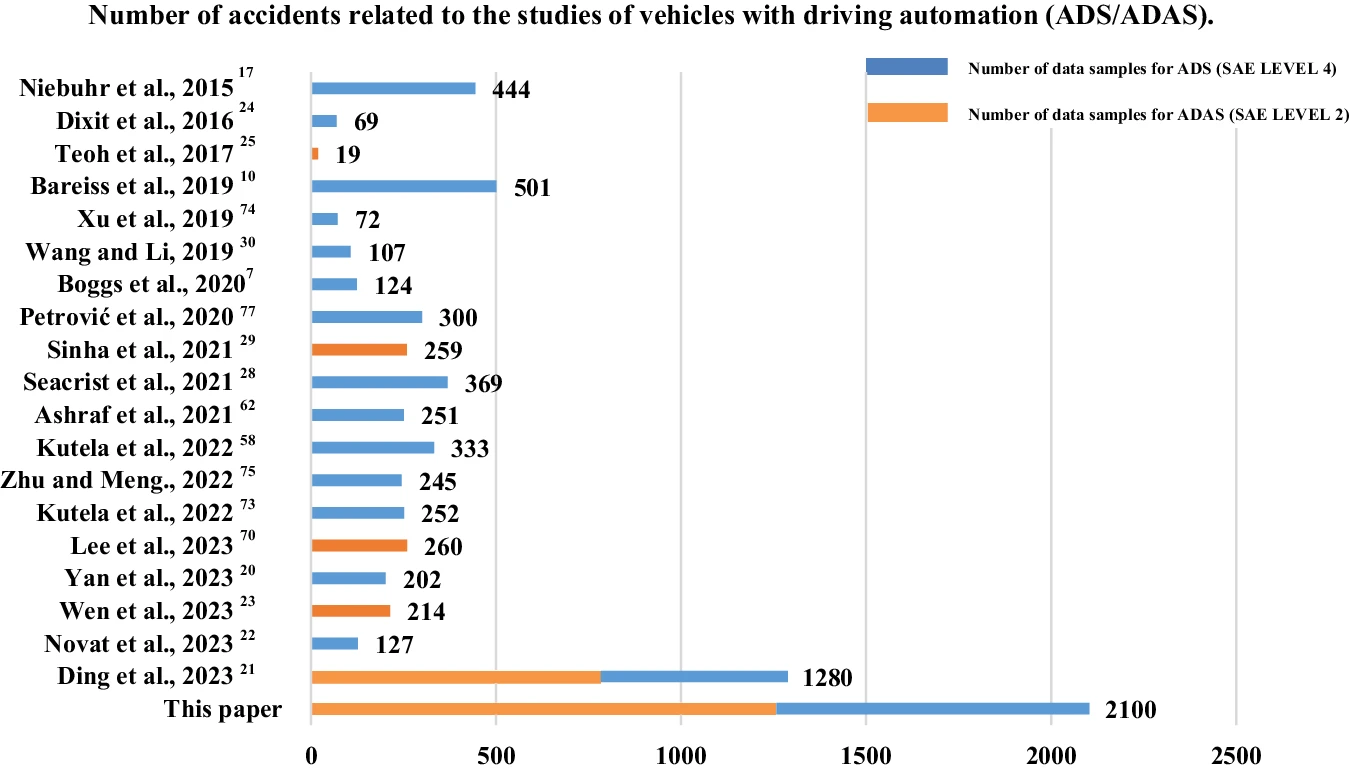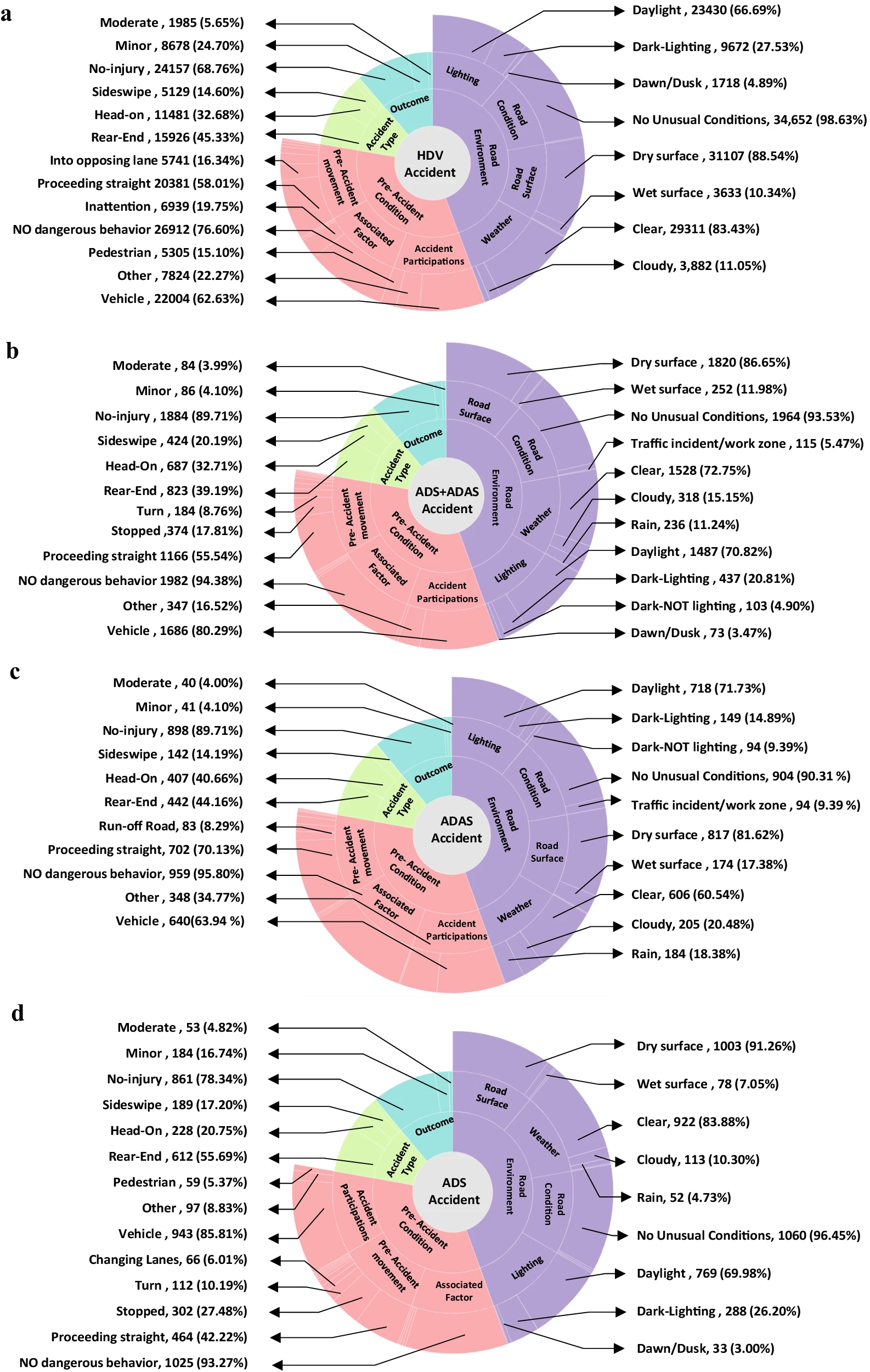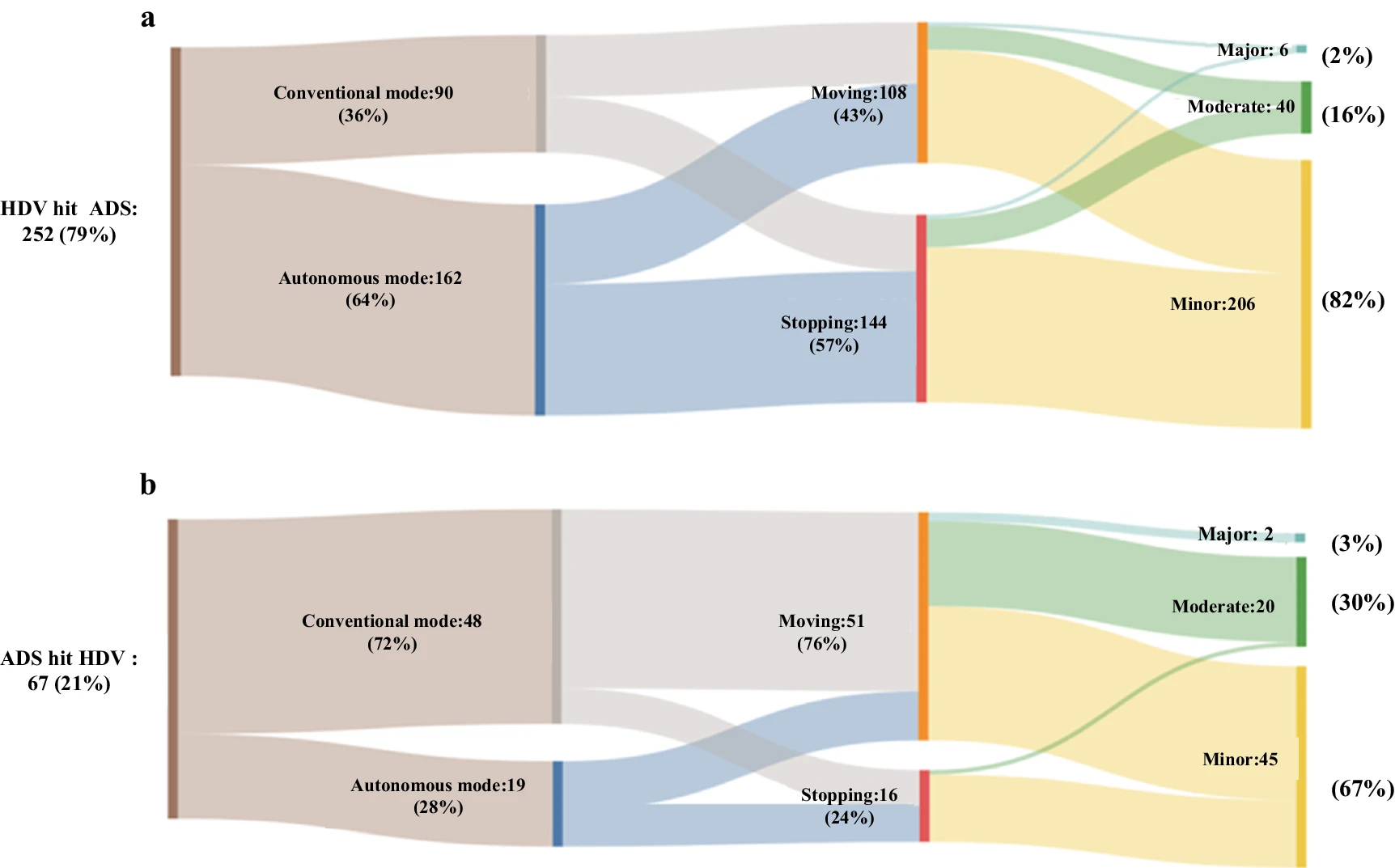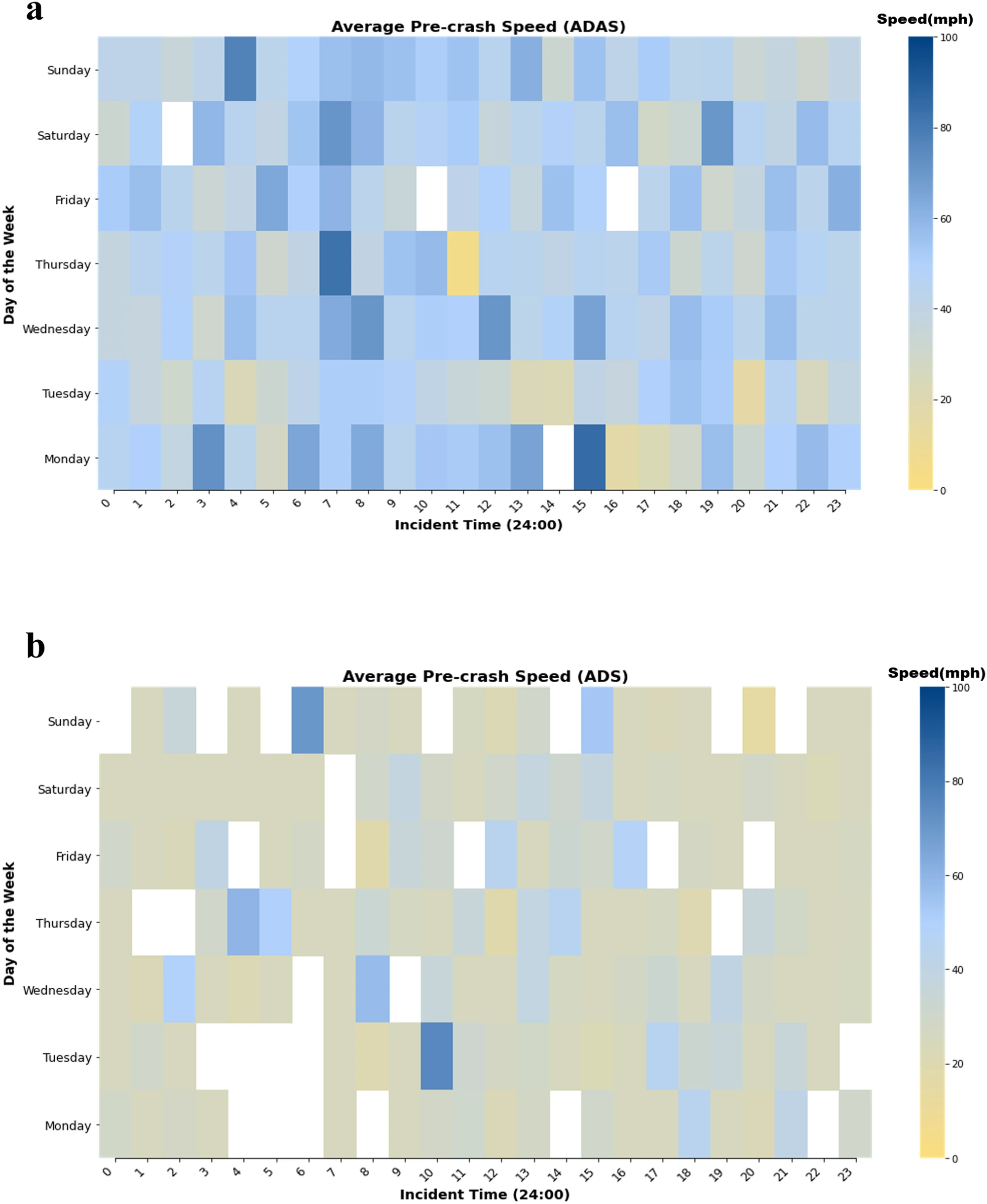Autonomous vehicles are an incredible feat of engineering, promising to revolutionize how we travel. They rely on an intricate array of sensors—cameras, radar, and LiDAR—to see and understand the world around them. While effective under clear skies and on dry roads, these systems struggle when the environment is anything but perfect. This is a critical challenge, and it’s one that limits the real-world deployment of self-driving cars. In fact, when the weather turns, autonomous technology faces its toughest test.
Heavy rain, snow, and ice can severely compromise the performance of these vision-based systems. As a result, the vehicle’s ability to perceive its surroundings degrades significantly. This isn’t just a minor inconvenience; it’s a critical safety issue. A study from Politecnico di Milano, for example, highlights the limitations of current autonomous systems on wet or icy roads, underscoring the need for new solutions.

Beyond Perception: The Real Grip on Safety
While seeing the road is essential, the even greater challenge lies in maintaining vehicle control in low-grip conditions. After all, traditional Advanced Driver Assistance Systems (ADAS) and current autonomous setups can become unreliable or even dangerous in these scenarios. Take aquaplaning, for example. This phenomenon is notoriously difficult to predict using only visual or radar data. The vehicle loses contact with the road surface, and with it, the ability to brake or steer.
This is where Easyrain comes in. The company is a leader in developing and licensing a suite of technologies to tackle these specific low-grip challenges head-on. The future of autonomous driving isn’t just about knowing what’s around the car; it’s about truly knowing what’s underneath its tires. Easyrain’s mission is to provide an haptic sense to vehicles, allowing them to feel the road and act preemptively, even when visibility is poor. This capability is essential for the widespread adoption of autonomous driving in all weather conditions.
Easyrain’s core technology, the Digital Advanced Information (DAI) platform, leverages a range of virtual sensors to provide vehicles with critical, real-time data on road conditions. These include:
- Aquaplaning: A virtual sensor that detects the risk of aquaplaning by analyzing the relationship between tire and road surface.
- Ground: Provides real-time information on the vehicle’s grip level.
- Snow & Ice: Identifies the presence of snow and ice on the road.
- iTPMS: An intelligent tire pressure monitoring system.
- Tire Wear: Monitors the state of tire wear.
- Wheel Misalignment: Detects any misalignment of the wheels.
These virtual sensors, combined with the physical Aquaplaning Intelligent Solution (AIS) and the Easyrain Cloud, create a comprehensive ecosystem for enhancing vehicle safety. The company even partnered with NVIDIA to further develop its DAI platform, a collaboration aimed at advancing safety in autonomous vehicles.

The Road Ahead: Predictive and Adaptive Solutions
Enabling widespread autonomous adoption in adverse weather demands innovative solutions that move beyond the limitations of current sensor technology. Leading the way are next-generation systems that integrate multiple data sources with intelligent algorithms and multimodal neural networks.
These solutions use predictive and dynamic calibration software to detect and compensate for changing grip conditions. They can adapt the vehicle’s behavior in real-time, optimizing safety and performance even on the most challenging surfaces. This proactive approach to vehicle control is not just an upgrade; it is a fundamental requirement for the future of full vehicle automation. Ultimately, the ultimate challenge for autonomous vehicles today is not just to see the world, but to truly feel the road, ensuring reliability and safety when it matters most. Explore how Easyrain’s technology is addressing this critical issue.
SOURCES:
Autonomous driving and safety solutions for low-grip conditions
Progettazione e realizzazione di un sistema di guida autonoma in scala ridotta per il controllo di veicoli in condizioni di bassa aderenza
Easyrain Partners with NVIDIA to Boost Autonomous Driving Safety
Low-Grip Solutions: The Critical Challenge for Autonomous Driving




















